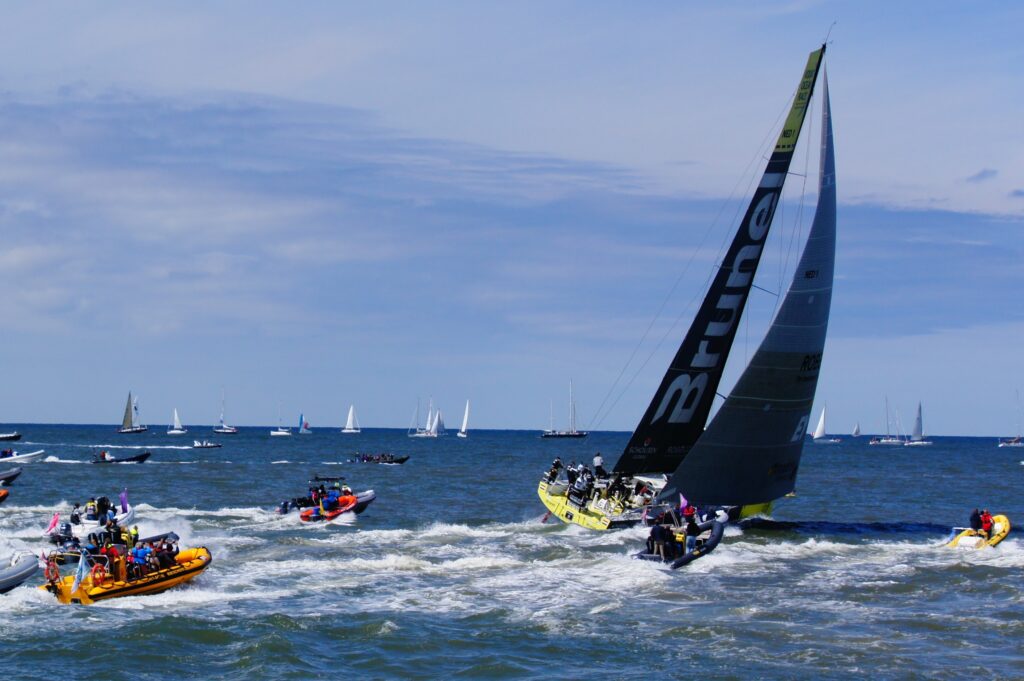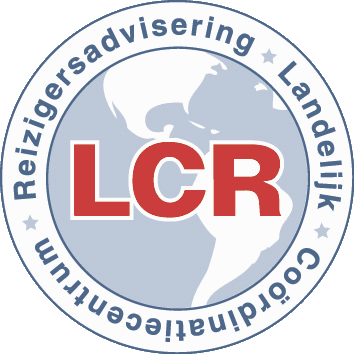This week, the Ocean Race visited the Netherlands. After nearly 32,000 nautical miles (60,000 km), the participants arrived at the port of Scheveningen. This race, formerly known as the Volvo Ocean Race, is one of the largest, toughest, and most important sailing races in the world. Since 1973, the best sailors have been circumnavigating the globe in six to eight months. Over five decades, there have been significant changes in knowledge, equipment, sports regulations, and race speed. What remains unchanged is the tremendous endurance, the grueling challenge, the art of refining teamwork, and the desolation of the ocean. This race is so demanding that sailors often get injured, and sometimes even lose their lives. To prevent and minimize the impact of injuries and illnesses, the crew undergoes extensive training. In three parts, we will provide an overview of the medical logistics involved: medical training, what is included in the medical kit (KIT), and how external medical assistance is organized.
In Part I: How are these sailors trained to provide medical care to their crew members?

“What awaits them?”
Overexertion and Trauma
Due to the nature of the race, overexertion is a common occurrence, such as “winch elbow“, rotator cuff injuries, and back pain. Additionally, high speeds during the race can result in high-impact and high-energy trauma, where sailors can be isolated from adequate medical care for up to three weeks. For example, the 11th-hour team recently had a collision with GUYOT, fortunately without any injuries.
Incidence rates of 3.2 injuries per person per race have been reported in this category.1 It primarily involves injuries to the upper extremities (35 %), lower extremities (35 %), followed by thoracic injuries (14 %) and head/neck region injuries (13 %).1 The hands are most commonly affected, usually by moving parts such as pulleys and winches. Injuries to the lower extremities include abrasions, contusions, and fractures. More severe injuries, such as rib and clavicle fractures and traumatic brain injuries, occur more than infrequently. Interestingly, about one-third of the injuries occur below deck.
Illnesses
In addition to overexertion and trauma, illness accounts for more than half (56 %) of the medical issues. The most common health problems are urinary tract infections (23 %), gastrointestinal complaints (23 %), skin problems (21 %), and upper respiratory tract complaints (13 %).1 Despite a rigorous selection process, seasickness still occurs regularly (15 %), giving hope to landlubbers prone to seasickness who want to join the world’s elite.
Preparations
The preparations for the participating teams are immense. A small but important part of that includes medical training and safety and survival training. All crew members are taught basic skills, and at least one crew member is trained with additional skills. For instance, some have received training as Emergency Medical Technicians. In this position paper, the World Sailing and International Maritime Health Association, outlines competencies and learning outcomes in medical training for offshore yacht racing. In the following video, Spike Briggs, an anesthesiologist-intensivist with experience in guiding offshore sailing races, explains what is involved with certain emergency procedures.
How medical preparations look like for the crew can be read in this blog article from the 11th-hour racing team and in the video below from Camper. It shows many similarities with the Wilderness First Aid (WFA) and BLS courses. In addition, many practical skills are taught, such as inserting an intravenous line, applying casts, and placing catheters.
Mariners Medico Guide
Are you often out at sea or far away from your general practitioner and the hospital? Then take a look at the free offline app: Mariners Medico Guide for Android and iPhone. In that app, you’ll have access to a lot of reliable information about (urgent) complaints, injuries, medication, and when it’s advisable to consult the Telemedical Maritime Assistance Service, which contact numbers are also readily available in this app.
Follow-up
Curious about what goes into the medical kit when every kilogram counts? And how external medical support is arranged for these races? Read Part II and III on the website soon.
Sources:
- Extreme Sailing Medicine | Injuries and Illnesses – Francesco Feletti and Andrea Aliverti
- WS/IMHA Position Paper on Medical Support for Offshore Yacht Races – Medical training | 4-5 November 2016, Barcelona, Spain




